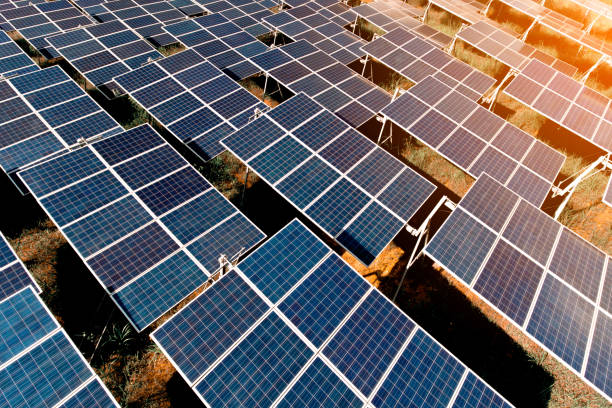Texas has been witnessing a significant shift in its energy composition, with solar power emerging as the new star on the horizon. In 2023, the Electric Reliability Council of Texas (ERCOT) reported a notable deceleration in the deployment of wind turbines, while solar installations, often paired with energy storage solutions, surged ahead at an unprecedented pace.
The New Solar Dawn and Declining Gas Generation
With an influx of solar power onto the ERCOT grid, the traditional reliance on natural gas, especially during peak daylight hours, is expected to see a downturn. Solar energy’s capability to offset natural gas usage is most poignant in the middle of the day and throughout the sweltering Texan summers, when power demand skyrockets. Nevertheless, as evening approaches and solar output dwindles, natural gas still plays a vital role in meeting the persistent high demand.
Balancing Energy Needs with the Help of Natural Gas
The Texan energy landscape often mirrors that of California, where the energy market sees a natural gas upsurge in the evenings. This phenomenon, akin to California’s duck curve, means gas-fired power plants ramp up production between 6:00 p.m. and 8:00 p.m., coinciding with a decrease in solar generation and a rise in wind energy output. This carefully orchestrated generation mix ensures a stable energy supply to meet the needs of Texas residents.
A Glimpse into Texas’s Renewable Energy Statistics
The recent winters have spotlighted the evolving energy production statistics. The 2022-23 winter season’s maximum solar generation peaked at 2.1 gigawatt-hours (GWh), which saw a significant jump to 3.8 GWh in the 2023-24 period. Wind energy saw a modest increase as well. By contrast, summer statistics revealed an even more pronounced solar power uptake, with a leap from 3.9 GWh in 2022 to 5.3 GWh in 2023, even as wind generation experienced a slight decline.
Wind vs. Solar: The Battle of Renewables in 2023
While wind energy continues to be the frontrunner in Texas’s renewable sector, its growth remained relatively flat in 2023. On the contrary, solar energy bolstered its production by a whopping 35% compared to the previous year. Overall, 2023 saw Texas harnessing around 108,000 GWh from wind and an impressive 32,000 GWh from utility-scale solar plants.
The Future is Bright with Solar Expansion
ERCOT’s solar capacity witnessed a leap to 16 gigawatts (GW) in 2023, with future projections pointing towards an addition of nearly 24 GW of solar power by the summer of 2025—outpacing wind energy’s projected increase of just 3 GW. Coupled with this, plans are afoot to infuse the grid with an additional 13 GW of battery storage over the next couple of years. Comparatively, natural gas capacity additions are projected at 3 GW, highlighting a clear pivot towards harnessing the sun’s power for Texas’s energy needs.
